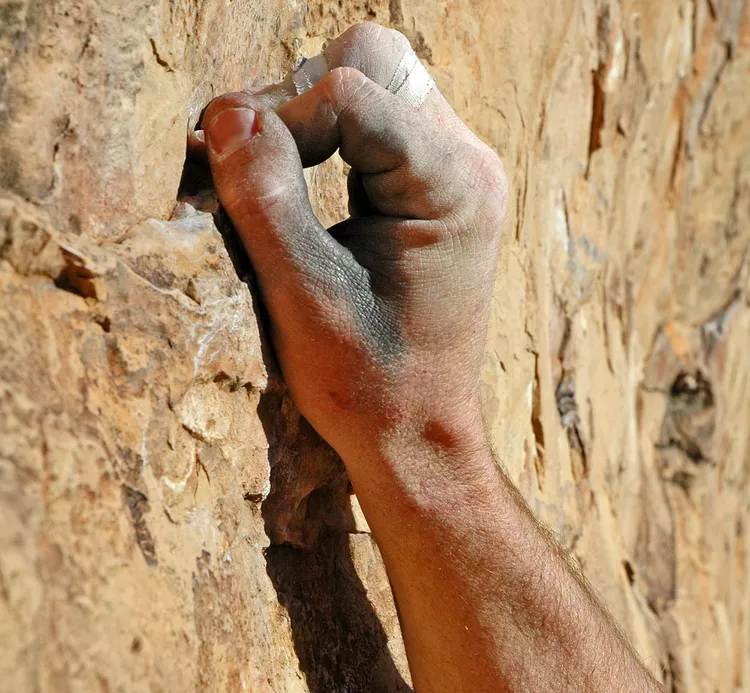Summary
How to Use Climbing Handholds
Using your hands and feet to maintain four points of contact with the rock surface is fundamental to all rock climbing movement. The way you utilize your fingers, hands, and feet—your handholds and footholds—determines your climbing effectiveness and efficiency.
Keep Your Weight Over Your Feet
One of the fundamental techniques of climbing is to rely on your feet and legs to propel you up a vertical rock face. Since your legs are stronger than your arms, maintaining your body weight over your feet helps prevent arm fatigue and reduces the likelihood of a fall. Improving your footwork can significantly enhance your climbing performance.
Learn to Use Your Hands
As you progress as a rock climber, hand and arm strength becomes crucial for tackling harder routes. On steep rock faces, relying solely on your feet for support might not be feasible. You will need to employ your hands and arms effectively, learning specialized techniques to manage smaller or less secure holds.
Different Types of Handholds
Understanding how to grip various handholds is essential for climbing success. Each rock face presents a variety of grips, including flat edges, rounded slopers, pockets, vertical flakes, upside-down holds, and projecting blocks. Mastering the use of these handholds is key to climbing proficiency.
Six Basic Hand and Finger Grips
Here are the six basic finger and hand grips essential for climbing:
- Full crimp grip
- Half crimp grip
- Open-hand grip
- Pocket grip
- Pinch grip
- Friction grip
Full Crimps and Half Crimps
Crimping involves gripping small edges with fingers bent at the middle knuckle, while the thumb wraps over the index finger for enhanced pulling force. This grip is popular for small incut edges but places significant stress on finger joints and tendons, making it important to use sparingly to prevent injuries.
Open Hand Grips
Using an open-hand grip allows fingers to remain stretched and knuckles straight, making it the least stressful gripping technique. This grip is particularly effective for slopers, as the increased surface area contact helps maintain hold. Although it may initially seem weaker, with consistent practice, it can become one of your strongest grip styles.
Pinch Grips
The pinch grip is ubiquitous in climbing, utilized on almost every type of hold. To execute a pinch grip, you grasp the hold with either a half-crimp or an open-hand grip, simultaneously pinching the opposing edge with your thumb. Many climbing gyms feature excellent opportunities to strengthen your pinch grip, which frequently appears in outdoor routes as well.
Friction Grips
Also known as palming, the friction grip involves draping your palm over a handhold and utilizing skin friction to maintain your position. While it is often applied in slab climbing and can be overlooked, it is vital for navigating arêtes, dihedrals, and bouldering problems. Practicing this grip outdoors on smooth rock surfaces can enhance your technique.
Learn Grips in a Climbing Gym
For newcomers to rock climbing, mastering these grips at an indoor climbing gym is highly beneficial. The artificial holds found in climbing gyms are ideal for learning and practicing different gripping techniques. By honing these skills indoors, you can confidently apply them to real-world climbing scenarios.





